Using chess to teach mathematics
Working in a kindergarten class as a bilingual instructor has been a fantastic experience, and as a chess master it is evident that I tried to teach them chess too. The idea of using chess to teach mathematics came to me one day when I was participating in a math curriculum training. Knowing that the chess pieces have a numerical value, I thought that it was possible to create math exercises that involve the chess pieces (representing the numbers).
 Then, I started a conscientious study of the Common Core Mathematical Standards and the Standards for Mathematical Practice, and I found the pedagogical foundation of the idea in the 2nd Standard for Mathematical Practice: "Thinking Abstractly and Quantitatively." The standard states that students need to think abstractly for a given situation, represent it symbolically, and manipulate the representing symbols as if they have a life of their own. Then I realized that the chess pieces could be the abstract representation of the numbers and the symbols that students can manipulate during the activities. From there, I started the design of math exercises with the chess pieces instead of numbers, and with a bit of surprise, the students understood the idea pretty quickly and even showed enthusiasm in seeing more activities. They fell in love with the chess pieces. So, I decided to continue testing the concept and wrote the first book for Kindergarteners.
Then, I started a conscientious study of the Common Core Mathematical Standards and the Standards for Mathematical Practice, and I found the pedagogical foundation of the idea in the 2nd Standard for Mathematical Practice: "Thinking Abstractly and Quantitatively." The standard states that students need to think abstractly for a given situation, represent it symbolically, and manipulate the representing symbols as if they have a life of their own. Then I realized that the chess pieces could be the abstract representation of the numbers and the symbols that students can manipulate during the activities. From there, I started the design of math exercises with the chess pieces instead of numbers, and with a bit of surprise, the students understood the idea pretty quickly and even showed enthusiasm in seeing more activities. They fell in love with the chess pieces. So, I decided to continue testing the concept and wrote the first book for Kindergarteners.
Now, I am currently in my second year of testing this project, and I've witnessed to the multiple advantages that this curriculum offers. I believe that it will tremendously increase our possibilities of bringing chess into the elementary classrooms.
The following are a list of five facts that support that sentiment:
- The curriculum develops critical thinking skills in our students since they need to mentally stop and identify the numbers represented by the chess pieces, before resolving any activity.
- Students are enjoying seeing the chess symbols, instead of just seeing numbers in math activities, and this has a positive impact on their process of learning mathematics.
- Teachers don't necessarily need to have a deep understanding of chess or even know how to move the pieces to teach this curriculum. This fact increases the possibility of accepting this curriculum into their classrooms.
- Teachers are seeing their students more motivated and engaged during the lessons.
- As a professional chess coach, I notice an increased number of students with chess enthusiasm and involvement in chess clubs.
Jump into chess action, move by move, to rescue Chesster from deep within King Black’s castle. Join Fritz and Bianca in a thrilling chess adventure as they enter rooms of the castle, where each challenge will help you sharpen skills and prepare for the ultimate showdown.
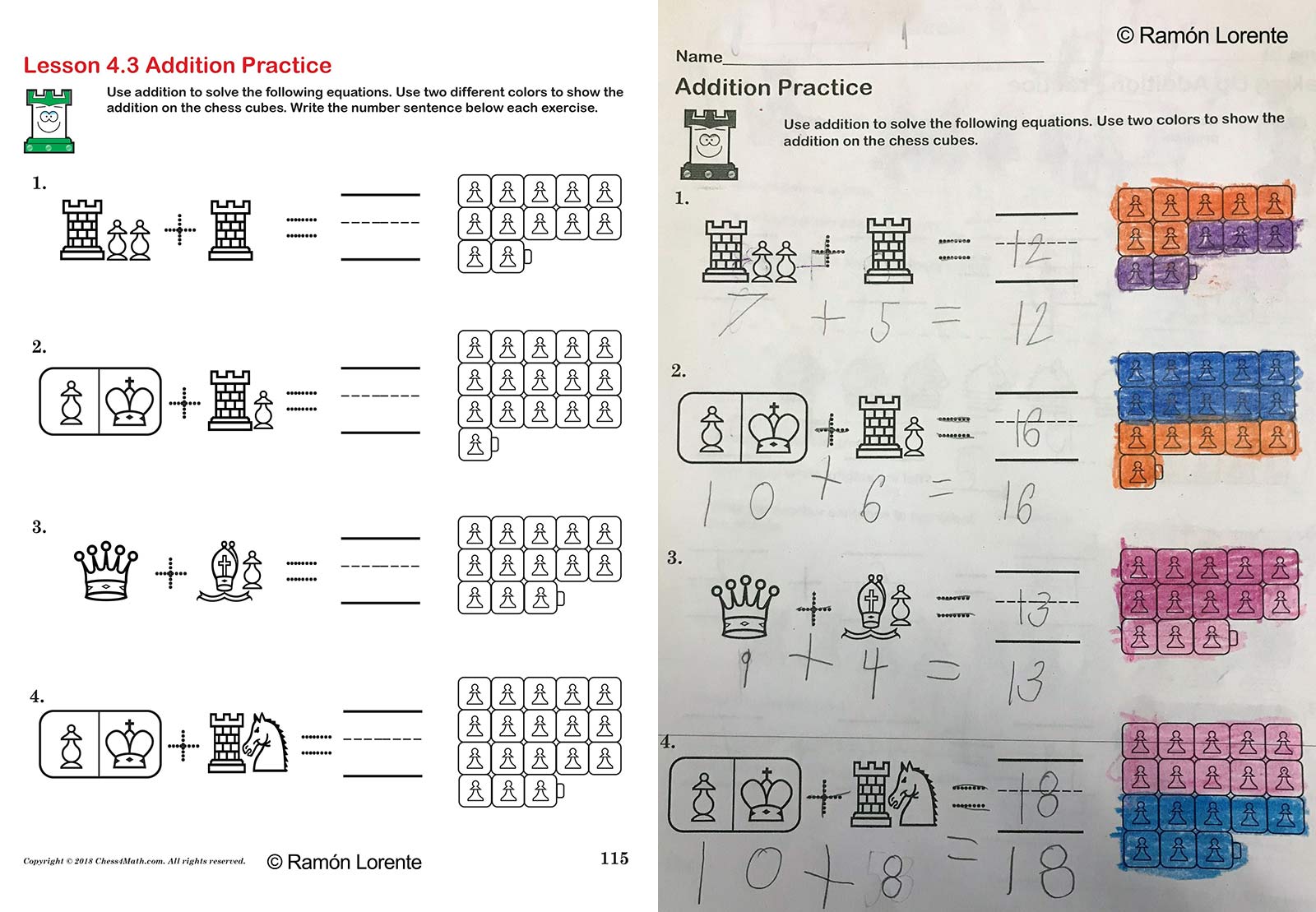
Lesson examples from Chess 4 Math (click or tap to enlarge)
As a professional chess coach, my primary goals with this project are to increase our possibilities of bringing chess into the regular school's curriculum and offer the opportunity of learning chess to all kindergarten, and eventually all elementary students.
As an educator, my primary goal is to offer an original, entertaining and engaging way of learning mathematics, as well as the possibility of developing critical thinking skills in our students.
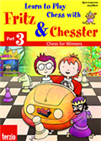 This unforgettable chess adventure is designed to advance young chess player’s skills, move by move. Discover mini-games, brain-twisters and more at every attraction. Pick up chess tips and skills as you ride in bumper cars and the Ferris wheel. Polish up your chess strategy and tactics, opening, middle game and endgame and use what you’ve learned to win. You’ll have lots of fun while you learn more about the serious business of playing – and winning – chess!
This unforgettable chess adventure is designed to advance young chess player’s skills, move by move. Discover mini-games, brain-twisters and more at every attraction. Pick up chess tips and skills as you ride in bumper cars and the Ferris wheel. Polish up your chess strategy and tactics, opening, middle game and endgame and use what you’ve learned to win. You’ll have lots of fun while you learn more about the serious business of playing – and winning – chess!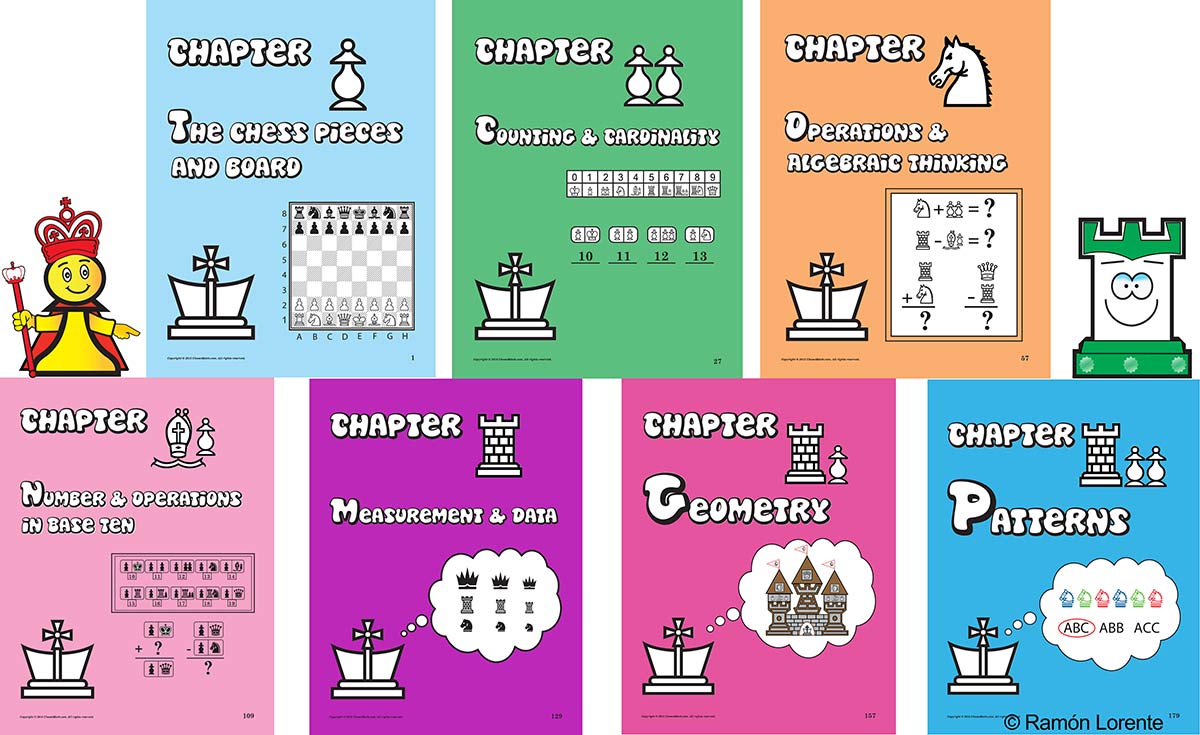
The books will be available in English and Spanish, and I am in the process of developing interactive games, as well an app for mobile devices. The material follows the Standards used in the Common Core for Mathematics in the United States, but it could be applied to any other country. Fortunately, mathematics and chess have a universal language!
Links












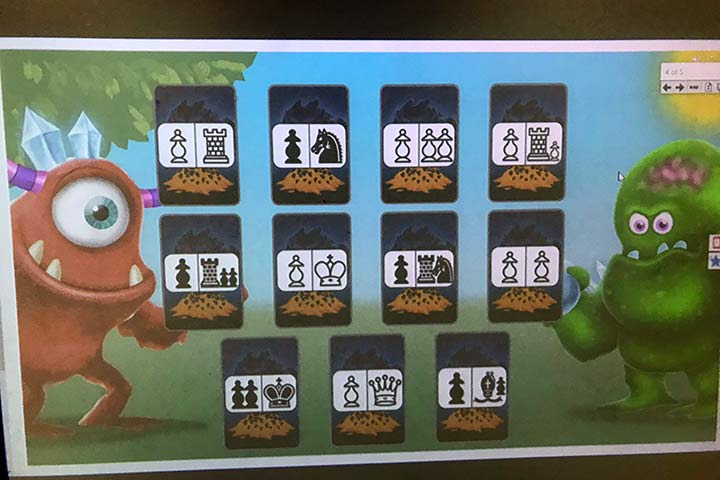
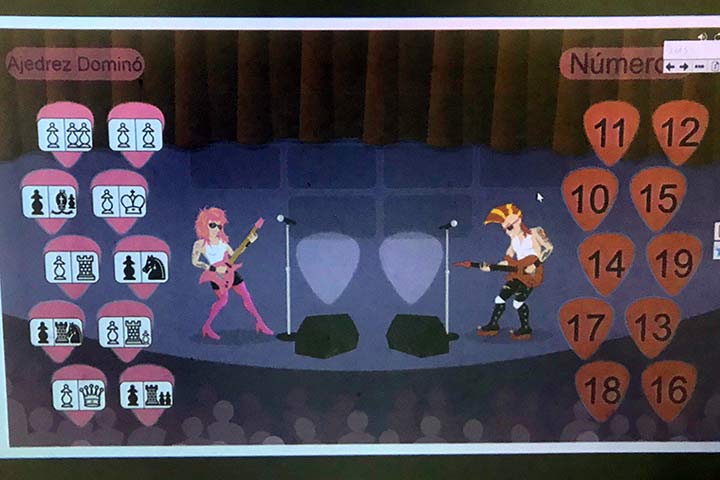
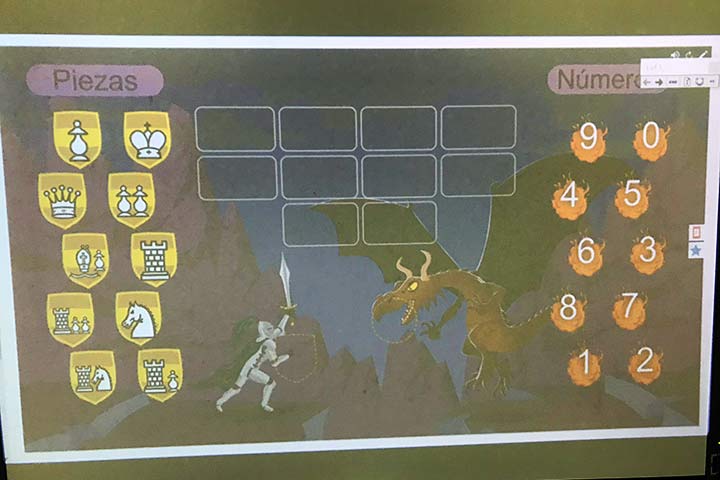








 Then, I started a conscientious study of the
Then, I started a conscientious study of the 






